
Profile
Lu Li, Vice Dean of the School of Computer Science and Engineering (School of Cyberspace Security) at the University of Electronic Science and Technology of China, Professor, and PhD Supervisor, primarily researches IoT edge systems and wireless system security. As a key member, he has won the National Science and Technology Progress Award (First Class). He has been granted over 20 domestic patents and one US patent.
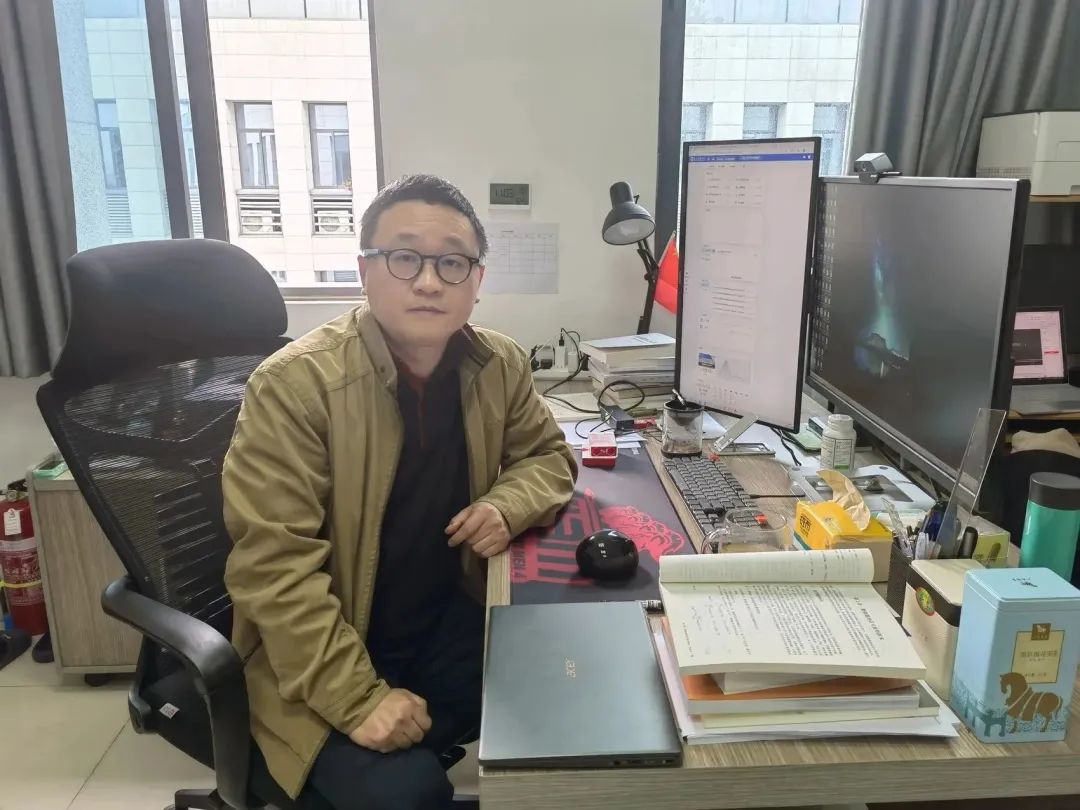
Deep DiveIn mid-November, after returning from the Zhuhai Airshow, Lu Li reflected on his experiences in his office on the fifth floor of the No. 4 Research Building at the Qing Shui He campus of the University of Electronic Science and Technology, planning new research.During this trip to Zhuhai, he found numerous new application scenarios for the IoT system he has been developing for thirteen years.
Among many experts in the field of electronic information, Lu Li is a late bloomer.
Now, his results from ten years of silent innovation are expected to change the existing general IoT system architecture and are being applied in military, medical, industrial, and other major fields.
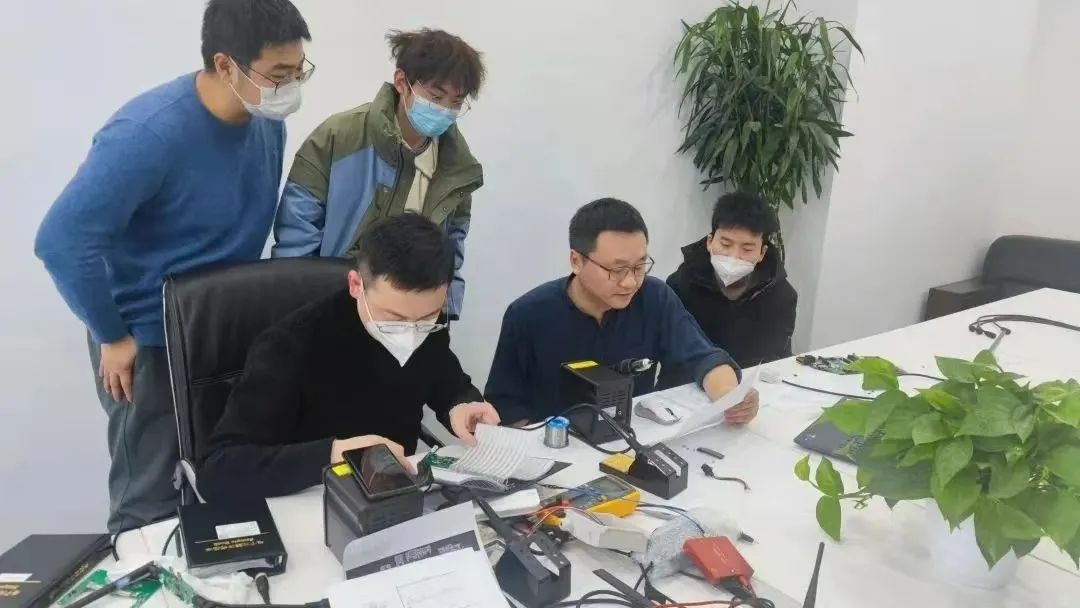
StruggleTen years of silence, a 30-year-old associate professor attending classes with undergraduates, and over four years without publishing academic papersAside from academic reports and research results, it is almost impossible to find traces of Lu Li on the internet.At the University of Electronic Science and Technology, a leader in electronic information technology in China, his name is not widely recognized.However, in the IoT community, Lu Li is regarded as a “disruptor”.
In 2009, after completing his postdoctoral research at the Hong Kong University of Science and Technology, Lu Li joined the University of Electronic Science and Technology. Typically, at this juncture, joining a large team would quickly provide a clear direction and projects to work on, which is the fastest way to integrate. However, he chose not to join any team, hoping to maintain a degree of freedom to conduct independent research.
“The research during my PhD and postdoc was too focused on fundamentals, but I did not understand the underlying systems that these fundamental studies rely on. If I continued down this path, my research would soon hit a dead end, and I would not be able to produce valuable significant results,” he reflects critically on his past research. “National major needs and industrial capability enhancement must rely on systematic research and system-level results.”
After struggling for nearly a year, he finally realized: if I don’t know what to do, I should learn something! Thus, at 30 years old, Associate Professor Lu Li sat in the undergraduate classes of the School of Communication.
He studied control during his undergraduate and master’s degrees, and cryptography and network security during his PhD. He supplemented his studies in wireless communication and computer systems at the University of Electronic Science and Technology, which filled the gaps in his research on integrated computing and communication systems. At the end of 2010, a research team at the University of Washington developed the world’s first computable RFID tag, sparking his interest in IoT edge systems.
After spending six months understanding its technical principles and overall design, he began to explore the field of passive IoT systems with his graduate students.
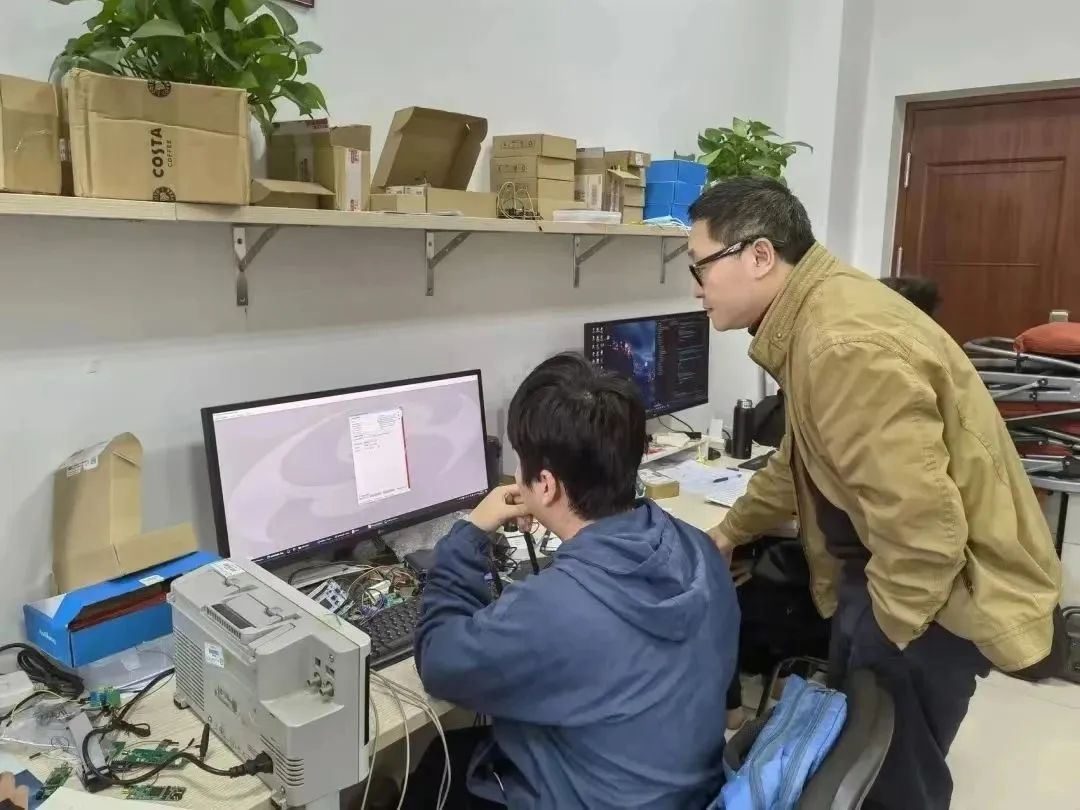
According to the “2021 IoT Platform Company Panorama Insight Report”, the number of global IoT systems is showing a negative growth trend, with the number of closed IoT systems exceeding the number of new ones for the first time in 2021. The primary reason is that the development and deployment costs of IoT systems are too high, leading many companies to abandon further investment in IoT platforms as they see no hope of profitability. “Is it possible to enable them to harvest energy from the environment and achieve self-sustainability?” Lu Li attempted to address this cutting-edge question.
Subsequently, for four years, Lu Li persisted in researching passive sensing systems without any project funding support. During these four years, he did not publish a single paper nor did he collaborate with enterprises on horizontal projects to secure funding.
His full commitment did not bring him good fortune immediately. By harvesting energy from the environment to power sensing nodes, Lu Li and his team successfully ran independent systems. However, due to the different energy sources and their conversion mechanisms, they were unable to form a complete technical system. For researchers, this was clearly not a success.“The technical route was wrong,” Lu Li realized. Looking back, when he was evaluated for a professorship in 2015, he had almost no significant results to show compared to his peers. It seemed he had been left far behind.Turning PointWith conscious targeting and unconscious inspiration, he disrupted the traditional IoT architectureRealizing the technical route was wrong, Lu Li engaged in deep reflection.Passive systems are designed to harvest energy from the environment, with the ultimate goal of long-term operation.If the “open-source” approach is replaced with “throttling”, could reducing the current milliwatt-level power consumption to microwatt-level achieve the same goal?
There are no wasted paths in life. During the research on passive systems, the team had already touched the core of low-power systems for IoT terminals.
To reduce the cost and power consumption of weak terminal nodes while maintaining their performance requirements, the current mainstream solution is to optimize the existing embedded designs of terminals based on constraints such as power consumption and cost.
However, such solutions always face an insurmountable bottleneck: due to system design, to ensure the normal operation of terminal systems, it is still impossible to eliminate the high-cost, high-power core processing modules—microcontrollers (MCUs) and communication modules.
Lu Li likens these two modules to “changing rooms”; information enters the terminal in the form of electromagnetic waves and needs to be “dressed up” into digital baseband signals before being transformed into control commands and data that can be accepted and perceived by peripheral chips. Under such a protocol, two “changing rooms” are indispensable, and existing terminals will always rely on these two modules.
Lu Li no longer attempted to push the limits of energy consumption constraints within the existing architecture; he stepped outside the current model and proposed a wireless bus IoT edge system.
In 2019, the team broke through a series of key technologies and finally formed a low-power, long-distance, low-cost IoT edge system. The near-zero power consumption long-distance communication receiver they developed operates under 50 microwatts in standby mode, and its power consumption is one-fiftieth of existing receivers at the same transmission distance. The number of deployable nodes within a certain range increased from the existing 20-30 to over 500.
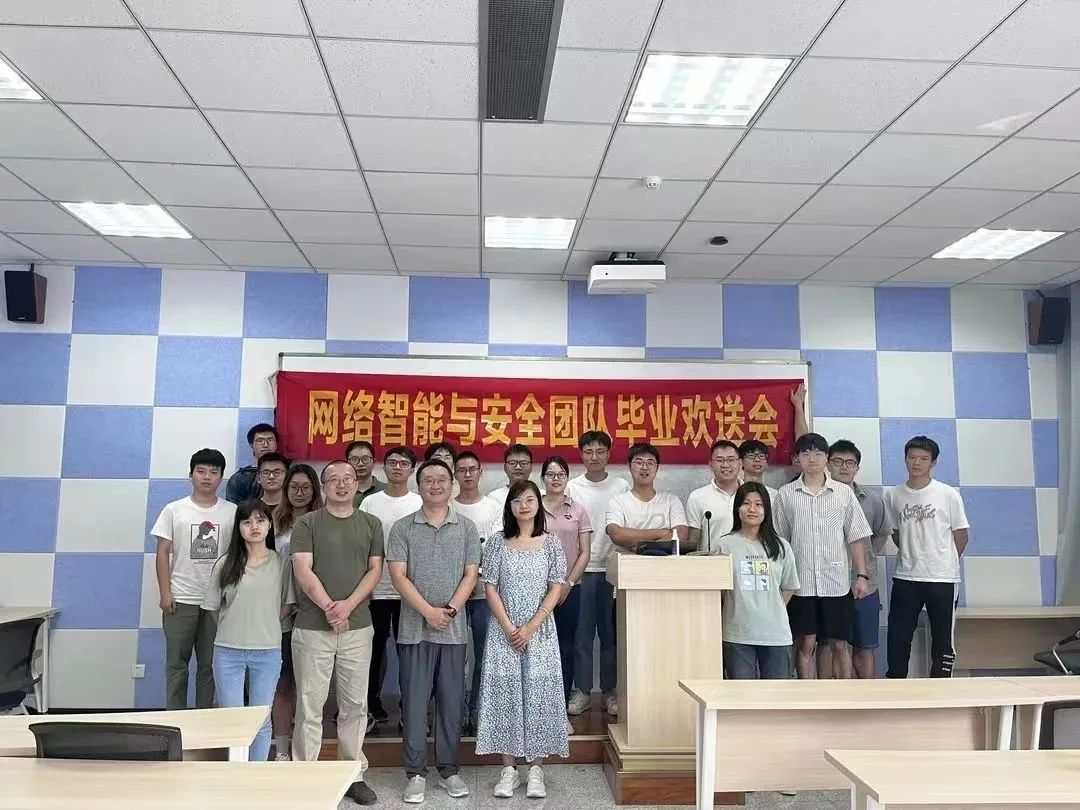
With the terminal “shedding” its computing tasks, a universal architecture can be formed. To adapt to different scenarios, it is only necessary to insert different peripheral chips into the universal terminal to meet diverse needs.
TransformationFrom “Smart Dust” to Automated CPR Machines, Results Enter a Period of Intensive TransformationJanuary 10, 2020, is a memorable day in Lu Li’s research career.On this day, at the 2019 National Science and Technology Awards Conference, the project he participated in as a key member won the National Science and Technology Progress Award (First Class).
At this point, it had been exactly ten years since he joined the University of Electronic Science and Technology. In his minimalist office, the phrase “Ten Years to Sharpen a Sword” serves as a testament to his story of ten years of silence followed by a stunning breakthrough.
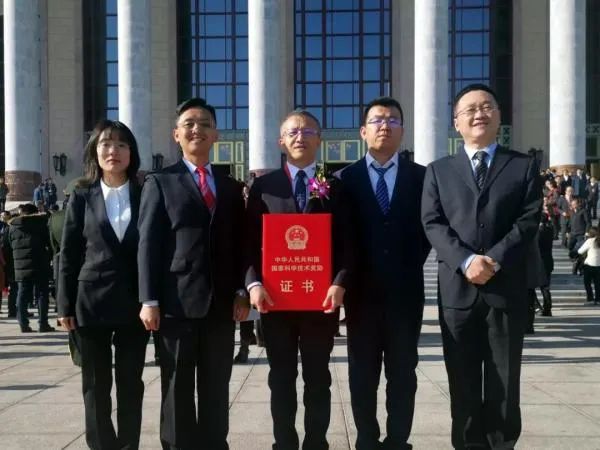
In recent years, Lu Li’s results have finally begun to shine. Over the past two years, the team’s achievements have garnered attention in the academic community. Academic papers have been published at top conferences renowned in the field of computer network systems, such as MobiCom and USENIX NSDI.
The results have also entered a period of intensive transformation. Recently, Lu Li is heading to Beijing to connect on a project. He aims to develop a product called “Smart Dust” for environmental monitoring. This is something the US Defense Advanced Research Projects Agency (DARPA) has long wanted to achieve. “We want to create sensors as tiny as pebbles to scatter on the ground to monitor an area,” Lu Li explains. With the current communication limits of the receiver reaching 7 kilometers and a reliable distance of 1 kilometer, deploying a gateway can monitor all IoT dust nodes within a 3.14 square kilometer area.
Another application under development is an intelligent automated CPR machine. Despite the widespread use of mechanical compression devices, the survival rate of patients who experience cardiac arrest remains low, at only about 1% in China.
Improving the quality of chest compressions is an urgent issue in the field of emergency medicine. He is collaborating with Professor Cao Yu, Director of the Emergency Medicine Department at West China Hospital of Sichuan University, to develop a compression device that adjusts the compression mode in real-time based on key physiological parameters.
Continuous non-invasive acquisition of physiological parameters such as the deformation and mechanical parameters of the entire thorax, blood flow conditions under extreme physiological conditions, and quality control of compressions with self-feedback all require technical support from IoT edge systems.
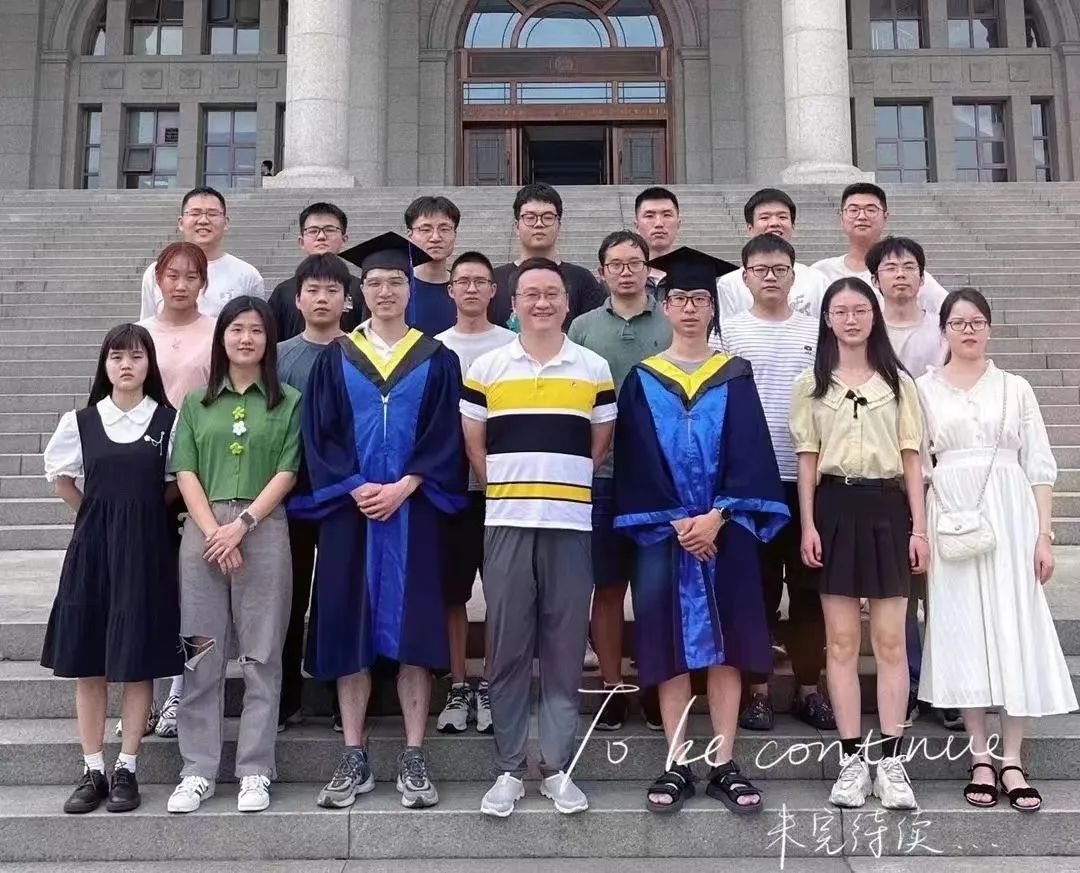
Images provided by the interviewee
Source: Sichuan Daily, November 22, Page 11
Text: Xu Lisha
Editor: Weishiye Studio, Jia Jia
Recommended Reading
◇ Here it comes! The voting for the University of Electronic Science and Technology’s 2022 Annual News has begun~
◇ Here it comes! The voting for the University of Electronic Science and Technology’s 2022 Annual Person has begun~
◇ Four people pursuing further studies together, their secret is…
◇ Heartfelt! The most beautiful ginkgo leaves of the University of Electronic Science and Technology are now on display!!!
◇ After four years of hard work, he solved a problem in the field of UAV remote sensing applications.

I appreciate every “like” and “view” from you!